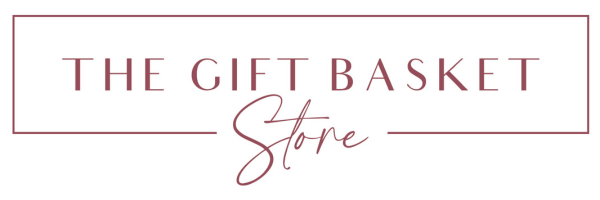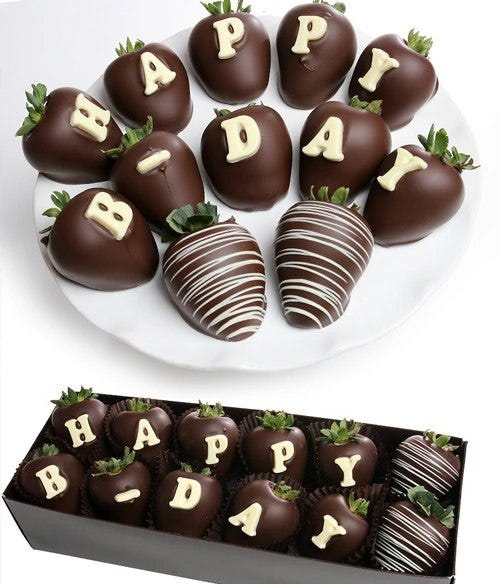Every year the Easter bunny hops into our homes to deliver festive gift baskets filled with an assortment of springtime goodies. But how exactly did this tradition start? And where did it come from? Easter baskets actually have a deep historical background that has transformed across time and cultures. So let’s take a look at where this whimsical tradition started.

Spring is traditionally a time of rebirth and growth, a time to celebrate new beginnings after the stillness of winter. The origins of Easter baskets are grounded in these traditional sentiments. It is believed that the origin of the basket itself comes from the image of the Anglo-Saxon goddess of spring and dawn, Eostre or Ostara in Germanic folklore, who was often depicted carrying a woven basket on her arm. Many would use woven baskets to bring their seedlings to be blessed in hopes of a bountiful harvest and thus, baskets became an integral part of the transition into spring and the collection of good fortune one would hope to have throughout the season. While the actual exchanging and giving of Easter baskets can be tied back to the early medieval Catholic tradition of bringing goods to be blessed by the priest to celebrate the end of Lent.
When it comes to modern Easter basket traditions, we all know that what makes the basket really worthwhile are the treats within it. But where exactly did the basis for the decadent chocolate bunny and decorated colored eggs come from? Each of the classic candies and goodies that fill our Easter baskets every year are based on historically spring symbols. Beginning in medieval times, the hare stood as a symbol of fertility, while hand decorated and painted eggs symbolized the creation and birth of new life. And as time went on Christians began to see the egg as a symbol for the death and resurrection of Jesus Christ, whose tomb was found empty revealing his resurrection Easter morning. Christians would sometimes dye the eggs red to further symbolize the death of Jesus and to emphasize the wonder and glory of his resurrection once the egg was cracked open.

While Easter basket and filling traditions have evolved over time, it is clear to see how classic symbols of spring throughout history remain present in our celebrations and gift giving today. Our modern Easter Gift Basketsare filled with expertly carved, and sometimes quite large, chocolate rabbits, to candy eggs made of chocolate, jellybeans, and sometimes even small toys and gifts nestled on a bed of whimsical green faux grass that rests in the bottom to remind us of the verdant nature of spring. As sweet as they may be today, Easter baskets are rich with tradition and a timeless representation of the joy of spring and inspiration of a new year, new life, and resurrection of belief in the good that is to come from whatever our own bountiful harvests may be.



